
Mammals are animal species that have evolved from pre-existing reptiles in the terrestrial environment, undergoing extraordinary adaptive radiation [1]. But the lands are surrounded by seas, extremely productive ecosystems [2], and biodiversity that is unmatched on land. Thus some groups of them have started, in remote geological eras, a process of morpho-physiological adaptation that has made possible the conquest and exploitation of oceanic environments and to a lesser extent of freshwater.
These groups are now represented by three zoological orders [3]: Pinnipeds (seals, sea lions, walruses…); Sirenids (dugong and manatees); Cetaceans (sperm whales, dolphins, whales…). Their evolutionary history is very different, having no close affinity between them, starting from very distinct ancestors and finally reaching a very different degree of adaptation to the aquatic environment. In fact, if in the Pinnipeds the hind limbs are still present, although transformed into fins, Cetaceans and Sirenids have completely lost them, keeping only vestigial bones [4] of the pelvis. In all three groups, the forelimbs are shaped like fins with a directional function of motion, which is impressed in the Pinnipeds by the vertical movement of the hind limbs beaten like a tail, while Sirenids and Cetaceans swim through the beat, always vertically, of the caudal fin developed entirely from scratch. The body silhouette of the latter is quite similar to that of a fish and like the fish, they are completely aquatic, present in both oceanic and continental open water environments [5]. For Pinnipeds, adaptation to life at sea is not so extreme and much of their social life still takes place on land, tied to the waters only to search for prey.
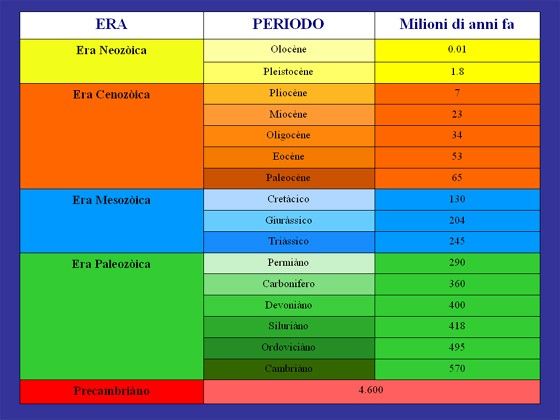
In evolutionary terms, Pinnipeds have roots common to those of Carnivorous mammals (wolves, bears, felines …), of which they represent the “piscivorous” radiation adapted to prey on aquatic organisms. They were combined with them in the same order, so close were the morphological ties such as the structure of the skull and the dentition with well-developed canines. Only the finned structure of the limbs was opposed to that of the “fissiped” [6] of the terrestrial carnivores. The finning of the limbs is however an adaptive path that has generated an important morphological gap, such as to justify their placement in a separate order from that of Carnivores. Affinity issues have long been debated and not fully resolved. Certainly, there was a common root represented by the extinct Creodons, mammals present in the Jurassic-Cretaceous age, over 70 million years ago. They gave rise to terrestrial fissiped forms and from these, the piscivorous radiation began. A scenario that perhaps already occurred in the tertiary era, given that after the Miocene fossils can be found that can be well ascribed to the current systematic categories, a sign that today’s adaptations had already been made.
Equally debated was the possibility that the Pinnipeds had had a single or double phyletic root [7]. It has in fact been argued that sea lions, walruses, and sea lions (Otarids) could derive from ursid fissipeds, while seals and sea elephants (Phocids) from mustelids. The karyological data [8] and above all molecular genetic [9] are instead in favor of the unity of the group.
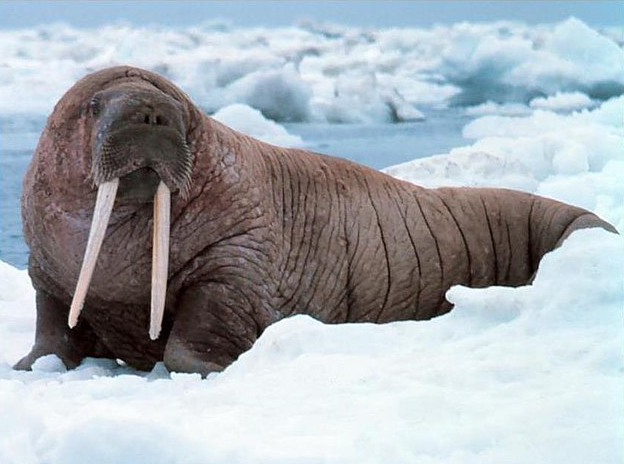
Having said that, it should be remembered that the Otariids are less specialized, as their hind limb still has an articulation that allows it to tip forward in support on the ground, allowing for rapid locomotion on land. The Phocids are better adapted to swimming, with hind limbs permanently turned backward, compressed cervical vertebrae, tapered shapes definitely suitable for long movements in the water. Among the seals, the monk seal must be considered perhaps the most primitive of the group. Its origin dates back to the upper tertiary sector and would have appeared in internal basins of temperate-warm waters that were also present in the current Arctic area in that geological era. From here it reached both the current Atlantic and the Pacific through the then open gates of Panama and Bolivar (Columbia). As “hot” forms, the seals of the monachus group subsequently expanded towards the polar areas, thus giving rise to today’s distribution of the Phocids.
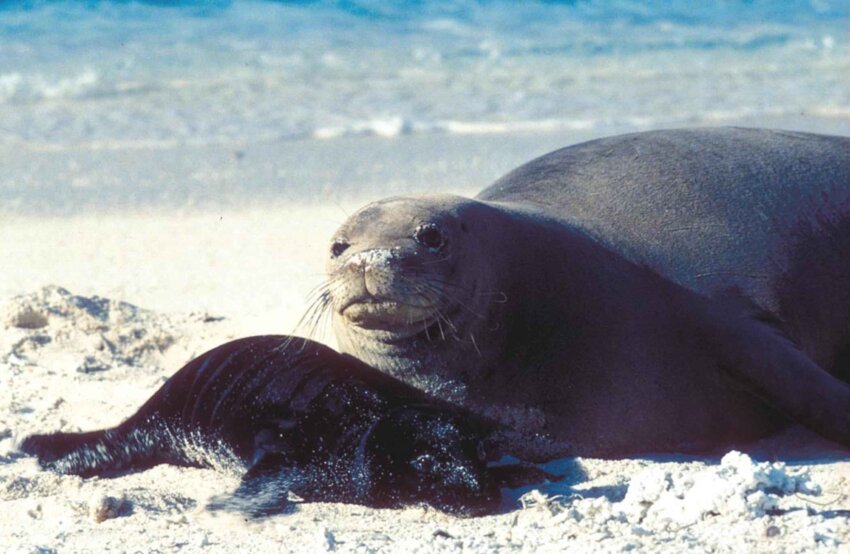
Different speciation centers are instead typical of walruses and sea lions. In fact, the first fossil evidence dating back to the Miocene of California points to their origin in the northern Pacific. From here they would also migrate to the Atlantic through the Panamanian area and the Caribbean Sea. Once again, it was not a question of species adapted to low temperatures, and only later did the Otariids spread following the icy currents that flow along the South American coasts to Antarctica and other southern lands.
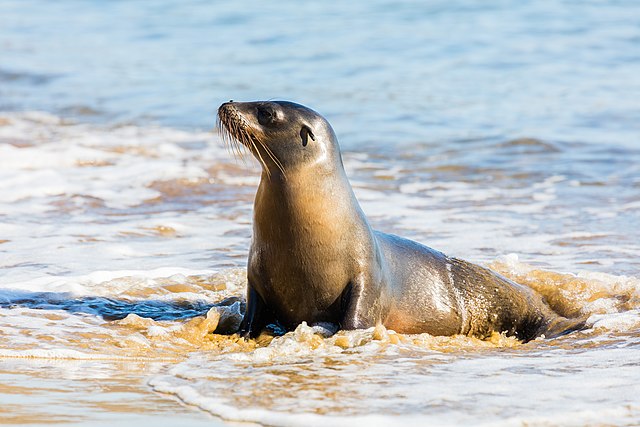
The second of the orders of aquatic mammals is that of the Sirenids, to which the dugong and the three manatees (or manates) belong, in addition to Steller’s Ritina, a species extinct in the 18th century due to excessive hunting by man. The name refers to the myth of the sirens, to which these species have given life since Homeric times. Christopher Columbus was the first European to spot manatees along the coasts of Hispaniola, but was disappointed by their appearance since “their beauty was far inferior to that described by Horace”.
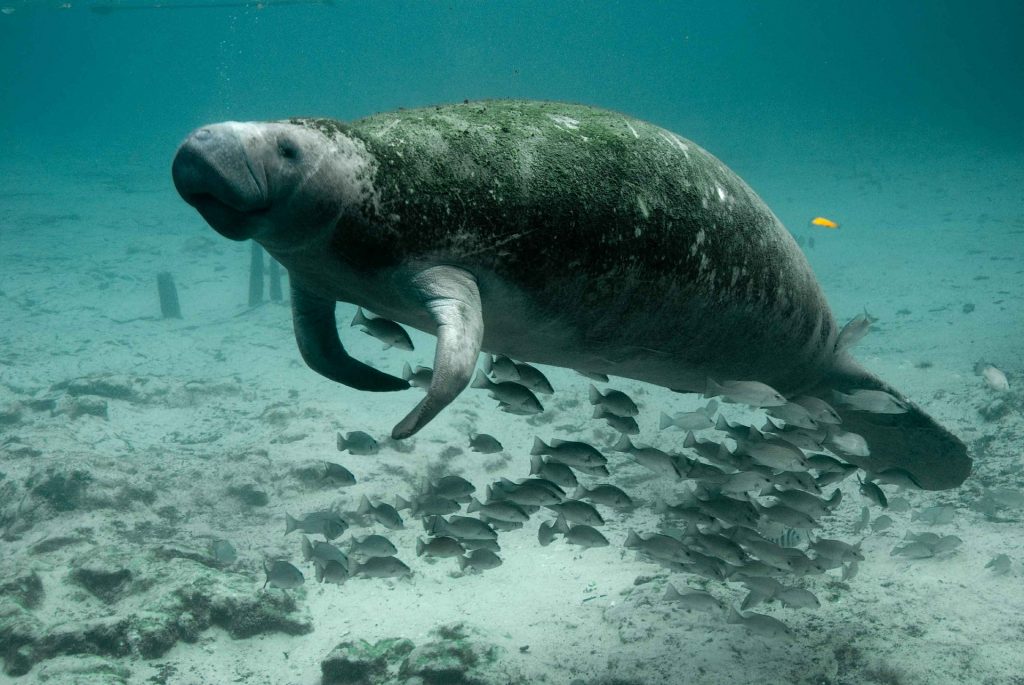
The Sirenids are herbivores that graze on beds of Posidonia and other aquatic herbs in coastal waters and in the estuaries of large tropical rivers, often going up their course as in the Amazon and the Orinoco. Their phyletic origins date back to Eocene forms of large terrestrial herbivores; the same ones that in a trend of development which soon detached, gave rise to elephants (Proboscidians). Mimicking the case of the Pinnipeds, the Sirenids represent among the archaic proboscidia the ecological choice to conquer the seas, in this case, to exploit their vegetable productivity. It is above all the great structural affinities of the cranial forms with the Eocene ancestors that lead to these conclusions. In particular, a set of teeth that had very developed incisors, followed by a very pronounced diastema [10]. The incisors have become suitable in the Sirenids to cut herbs while in the present-day Proboscidians they have become the typical fangs. The most ancient species date back to the Middle Eocene of Egypt and Jamaica and were primitive dugongids with aquatic costumes. They had already lost functioning hind limbs but in addition to a complete pelvic girdle [11], they still had rudiments of their skeleton. A fact that well testifies to their origin from terrestrial ancestors. Little is known for the manatees, known as fossils only from the Holocene, while the Ritina is to be considered a highly specialized dugong adapted to cold waters, unlike the other species all of warm seas. Nothing is known, in the absence of fossils, about the actual origin of the current species.
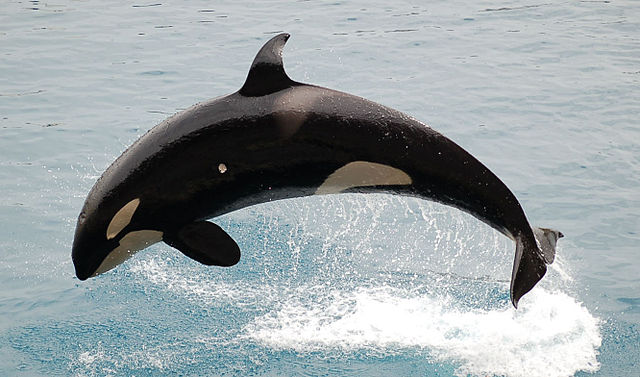
Finally the Cetaceans. The most primitive ones, now extinct, dating back to the middle Eocene (about 50-60 million years ago) had already reached a body structure very similar to the current forms, and therefore a complete adaptation to life at sea. From this, we can easily deduce that this adaptation took place in much more remote times, perhaps already in the lower tertiary sector or at least in the Cretaceous (about 75 million years ago). The most impressive aquatic mammal of the Eocene was an ancient whale of 18-20 meters in length, slimmer than the current forms and with a serpent-like appearance: the Basilisk (genus Zeuglodon). These whales, which are included in the extinct group of the Archaeocetes, were probably descendants of ancient carnivorous-toothed forms that had abandoned the evolutionary competition on land to explore the possibilities of the sea as a new living environment. They were often inhabitants of amphibious environments, a fact that may have facilitated the definitive passage to water.
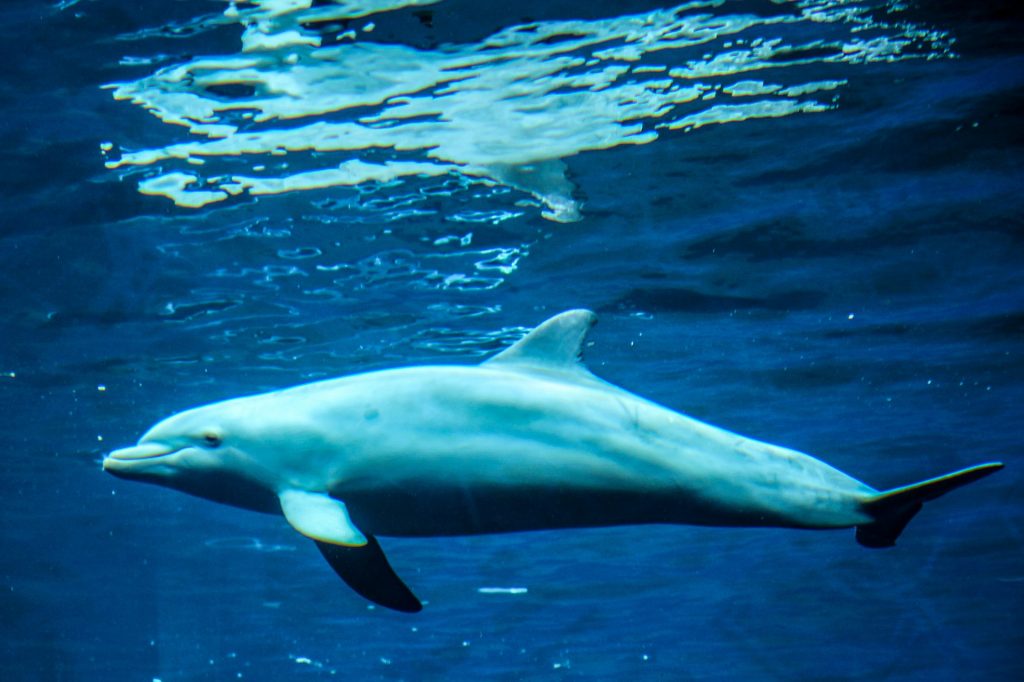
Whether the two current cetacean lines evolved from them, namely those with predator teeth (Odontoceti) and those with plankton-eating horny baleen (Misticeti) is a plausible hypothesis but certainly not shared by all. The dichotomy could be much older and directly affect pre-existing carnivorous forms. But in this sense, a relevant fact is that the Archaeocetes had already carried out the retreat of the nostrils from the end of the muzzle to a dorsal position in the skull, thus realizing that adaptation of a “blowhole” common to all cetaceans. A fact considered crucial in witnessing the unity of the group. If this were not the case, the Cetaceans could not be kept in the same order but ended up divided. The same is true for the many characteristics common to Misticeti and Odontoceti which should only be considered as evolutionary convergences which took place autonomously in the two groups and not a sign of phyletic affinity. It would not be the first time that evolution holds such surprises for us!
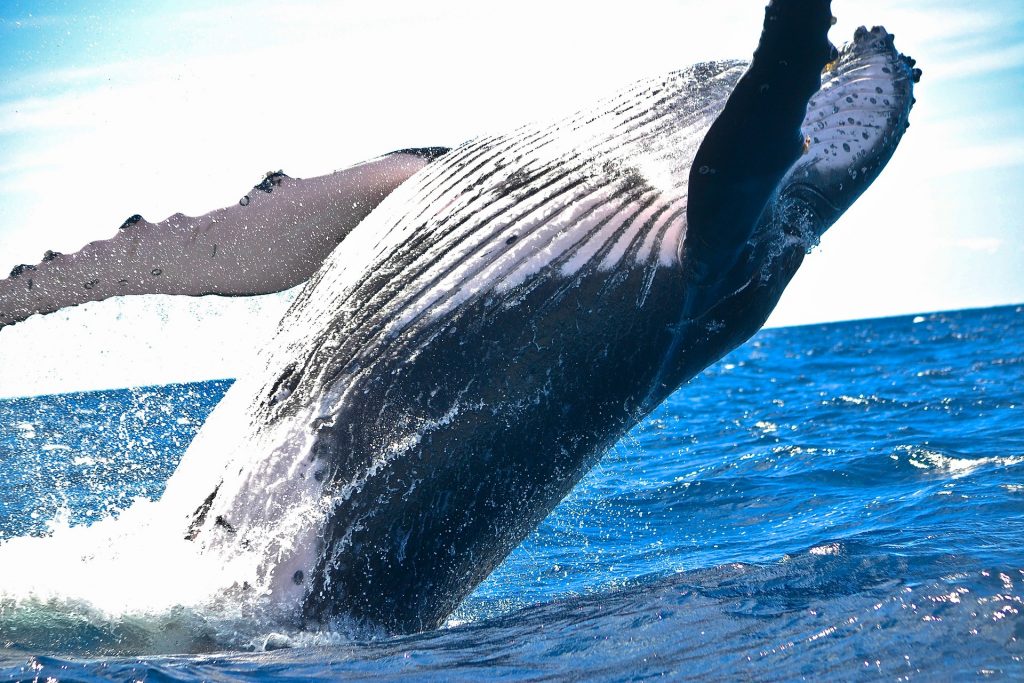
[1] Adaptive radiation: the evolutionary process of adaptation of a group of species to different environments.
[2] Productivity of an ecosystem: indicates the capacity of an environment to produce organic matter.
[3] Zoological order: systematic category of a higher level that includes many species that are evolutionarily related to each other.
[4] Vestigial bones: reduced bones that have lost their original function.
[5] Continental bed: marine area with a maximum depth of around 150 meters that surrounds the emerged lands.
[6] Fissiped: shape of the paw of the terrestrial carnivorous species, opposed to the pinniped one.
[7] Phyletic root: starting point of an adaptive radiation.
[8] Cariological data: data relating to the number and arrangement of chromosomes of a species.
[9] Molecular genetic data: data relating to portions of DNA or RNA of a species.
[10] Diastema: toothless space of the mandible or maxilla.
[11] Pelvic girdle: complex of the bones of the pelvis.
Credits
Author: N. Emilio Baldaccini. Former Professor of Ethology and Conservation of Zoocenotic resources at University of Pisa. Author of over 300 scientific papers on national and international journals. He is active in the field of scientific education, and co-author of academic textbooks of Ethology, General and Systematic Zoology, Comparative Anatomy.
Translation by Maria Antonietta Sessa



